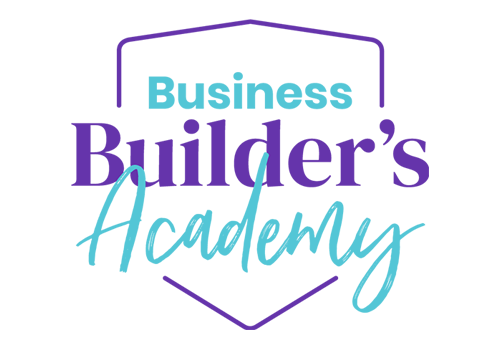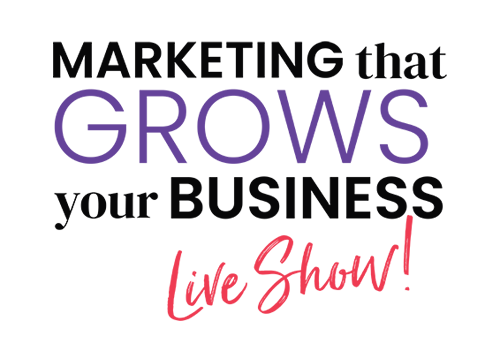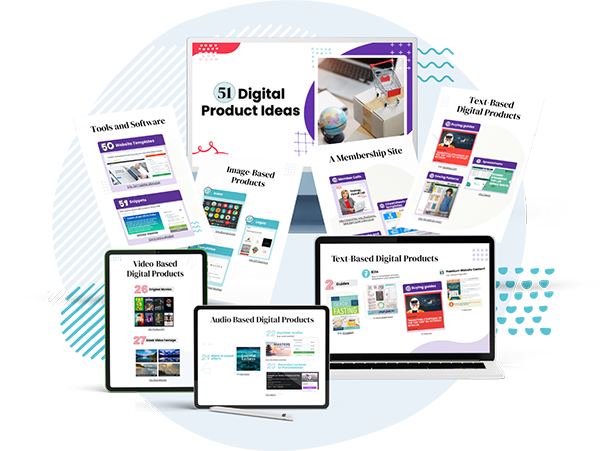What is it about these types of stories that capture us and pull us in?
The story of Ben Silbermann, Evan Sharp, and Paul Sciarra, the co-founders of Pinterest is nothing less than a 21st Century Rags to Riches story, and I’ve had a ringside seat.
We all saw the TechCrunch reports in 2012 showing Pinterest was the largest traffic lead generators ahead of LinkedIn, Twitter and Youtube. Such headlines are very compelling indeed, and easily swayed critics into seeing the untapped market potential that is Pinterest.
Every successful startup starts with a great story that begins with it founder(s). Join me as we embark on a journey as we take you through the early days of Pinterest.
Who is Ben Silbermann?
According to Ben, he was destined to be in the medical field, as his parents and his sisters are doctors.
It was a given that that was the path he was to take. As a youngster, he was always curious about nature and collected leaves and insects among other things.
How did Ben get into technology?
During his Junior year at Yale, as an undergrad Med Student, he wasn't 100% sure medicine was the path he should take. Thus the start on his journey into exploring technology. After leaving college, he worked as a consultant until he landed a position at Google. He believed the work he did at Google to be a great experience. He stated that it was an exciting time for him as he felt he was a part of a greater movement. He learned how to not put limits on himself and learned how an idealistic and philosophical company like Google processed ideas. While there, he learned that there is nothing too far fetched and that no one should be ridiculed for having big ideas.
The birth of Pinterest!
Ben had always talked about having a start-up. After moving from DC to San Francisco in 2008, his wife gave him the push he needed to implement his idea. He connected with Paul Sciarra, a college friend in NY, and pitched the idea. Later Evan Sharp was included to restructure the architecture of this new site idea called Pinterest. Ben states, “We had coded at least 40-50 versions of the grid and crafted the design” until they finally reached what is today the visual of Pinterest. This was, and is still today, an integral part of Pinterest. It is the core feature that makes this site different in the sea of others.
In November 2009, Ben’s wife named the product Pinterest and Cold Brew Labs Pinterest’s corporate name. What follows is the grassroots campaign to launch Pinterest to the masses. Using a prototype of the site, the team started making cold calls and going to meetings to introduce the product.
In December 2009, Ben invited friends and colleagues onto the site which was,at the time, in beta and by invitation only. At this point, the numbers were really low. . . 200 users and mostly his friends.
How did Ben and the team build their tribe?
In 2010, the site wasn't growing as expected but Ben didn't give up. Believing in the product and not wanting to throw in the towel, he attended a conference in Utah to reveal his new product to crafters, scrapbookers, and interior decorators. It was in Utah that Ben built his tribe. This tribe building period was pivotal in building awareness for Pinterest.
Building a tribe is all about sharing your passion and finding like-minded people that share the same passion.
The Pinterest team did just that when they attended the Utah conference.
You see, at that time, another site called Kaboodle was being heavily used by crafters and bloggers in the crafting industry, specifically the scrapbooking industry. Kaboodle was, in a small way, the precursor of Pinterest to these crafters. Kaboodle gave artists a way to save their favorites, wishlists, as well a way to share other interesting sites. It was the first tool of its kind that this niche market had to utilize.
Kaboodle revolutionized the way crafters curated their content. Essentially, it was a list site and was marketed as such. Their strategy was to give their community a way to create lists to “Get exactly what you want for your birthday, anniversary or any special occasion.” Now the people in your life will be able to see exactly what you are yearning for on Kaboodle”. This was the first time favorited items were available online and accessible from anywhere in the world. Others could easily share those items or add them to their wishlists and even vote on those lists. As an artist, crafters, DYI-er, or scrapbooker this was a dream come true.
These crafters all gravitated towards Kaboodle as a way to, not only curate content but to also market their own products and harness traffic in order to generate sales.
Like with Facebook, the community of crafters were already trained and familiar with this type of product. The critical difference between Kaboodle and Pinterest was that Pinterest was VISUAL and Kaboodle was not. Pinterest was also much easier to navigate and find curated content.
What is a Pin?
Pinterest is fully defined, not as a bookmarking site, wishlist, craft fair, or a bazaar; Ben describes Pins as objects of their own that have added value. Pins are the representation of the best relevant digital objects that hold meaning for each individual. A Pin embodies why a person cares about this object, who it influences, and from where it came. It is the beautiful visual of Pinterest that sets Pinterest apart from other bookmarking sites.
When Pinterest was explained to the crafting community, it was clear it was a great fit and these crafters all understood the value that Pinterest brought to the table. It was a perfect mix of what that particular community or “tribe” needed to help them be successful.
At the point that Pinterest was introduced to the crafting and scrapbooking community, Pinterest was still in beta and by invitation only. As several well known scrapbookers in Utah started to embrace Pinterest and create blog posts about this awesome new site, interest started to rapidly grow.
Bloggers touted Pinterest’s ability to curate their scrapbooking layouts visually. You see at the time, the scrapbooking industry was the largest portion of the crafting sector bringing in an annual revenue of over 10 billion dollars. Utah was the capital of this movement and Ben’s hometown, Des Moines Iowa, featured heavily in the demographics as early adopters of the site. So it is understandable that Crafts,DIY, Interior Designs, and Recipes were the dominant categories on Pinterest at that time.
From 2008 when Pinterest was only an unnamed dream until 2010 when it was placed before the crafting community and the original Pinterest Tribe was created it’s seen many changes and modifications but there were more to come.
Be sure to come back to read part 2 of the 3 part of this article series. Learn how Pinterest evolved from a tribal home to scrapbookers and crafters to the massive lead generator it is today!
We started with the History, then delve into the evolution and conclude on what the future landscape might look like.
About Author
Kim Garst
Kim Garst is a renowned marketing strategist and speaker who is trailblazing the use of artificial intelligence in digital marketing. With over 30 years of experience as an online entrepreneur, Kim helps entrepreneurs grow their business and authority online by using AI technology. She is leading the way with proven AI frameworks that help entrepreneurs build authority in their space.
She is keynote speaker and an international best-selling author of Will The Real You Please Stand Up, Show Up, Be Authentic and Prosper in Social Media.
Named by Forbes as a Top 10 Social Media Power Influencer, Kim is well-known for her skill to simplify complex technology and make the use of AI understandable for business growth. Her relatable, actionable advice helps guide new entrepreneurs to harness the power of AI to succeed in digital marketing. Kim is leading the way in combining human and technological skills to create a new model for AI-powered marketing.







Right? Pretty amazing time that we live in for sure!
This makes my day 🙂